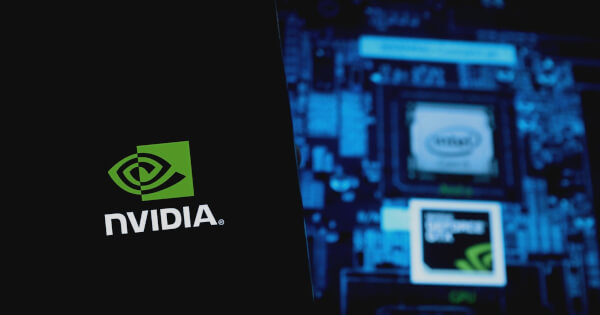NVIDIA Launches cuPQC for Enhanced GPU-Accelerated Post-Quantum Cryptography

Iris Coleman
Dec 03, 2024 18:01
NVIDIA introduces cuPQC, a GPU-accelerated software development kit, aimed at bolstering post-quantum cryptography for higher security against potential quantum computer threats.
NVIDIA has unveiled its latest innovation, the cuPQC software development kit (SDK), designed to enhance post-quantum cryptography (PQC) through GPU acceleration. This move aims to address the impending threat posed by quantum computers to current cryptographic systems, according to NVIDIA.
Addressing Quantum Threats
Quantum computing has advanced significantly over the past decade, raising concerns over its potential to compromise existing cybersecurity protocols. Algorithms such as those developed by Peter Shor could potentially crack widely-used encryption methods like RSA. In response, PQC has emerged as a crucial defense, utilizing cryptographic algorithms that resist both traditional and quantum attacks.
The urgency of adopting PQC is accentuated by “harvest now, decrypt later” strategies, where adversaries collect encrypted data today with the intent of decrypting it in the future as quantum capabilities evolve. This has led to new standards from the National Institute of Standards and Technology (NIST) and other global agencies mandating the use of PQC algorithms.
GPU-Accelerated Solutions
The cuPQC SDK offers developers a flexible, GPU-accelerated platform to transition from conventional cryptosystems to PQC protocols. By leveraging GPU hardware, the SDK can handle the larger key sizes and complex mathematical structures required by PQC algorithms, ensuring they are efficient and scalable.
In practical terms, applications in sectors like telecommunications, financial services, and cloud infrastructure stand to benefit from the high throughput cryptographic operations enabled by GPUs. These operations can be parallelized, enhancing both speed and performance, which is critical for research and the development of new PQC use cases.
Enhancing Transport Layer Security
Transport Layer Security (TLS), a fundamental internet security protocol, often faces computational challenges, especially when incorporating complex PQC calculations. cuPQC addresses these challenges by supporting high-throughput TLS applications. Utilizing NVIDIA’s H100 SXM5 GPU, cuPQC achieves remarkable performance metrics, significantly outpacing current CPU capabilities.
For instance, with the NIST-approved PQC algorithm ML-KEM-768, cuPQC can perform up to 13.3 million key generations per second, showcasing a substantial improvement over traditional CPU-based solutions. This capability is vital in removing barriers to adopting PQC across industries.
Security and Integration
To further fortify security, cuPQC minimizes the need for data transfers between host and device by performing cryptographic processing directly on the GPU. This reduces latency and enhances efficiency, while also being robust against side-channel attacks.
cuPQC’s integration with other cybersecurity frameworks, such as LibOQS, supports research into new cryptographic applications. According to Douglas Stebila from the University of Waterloo, this integration aids researchers in exploring new frontiers in cryptographic applications enabled by cuPQC’s speed and functionality.
NVIDIA’s launch of cuPQC marks a significant step in the transition to post-quantum cryptography, equipping developers and enterprises with the tools needed to prepare for a quantum-secure future.
Image source: Shutterstock



